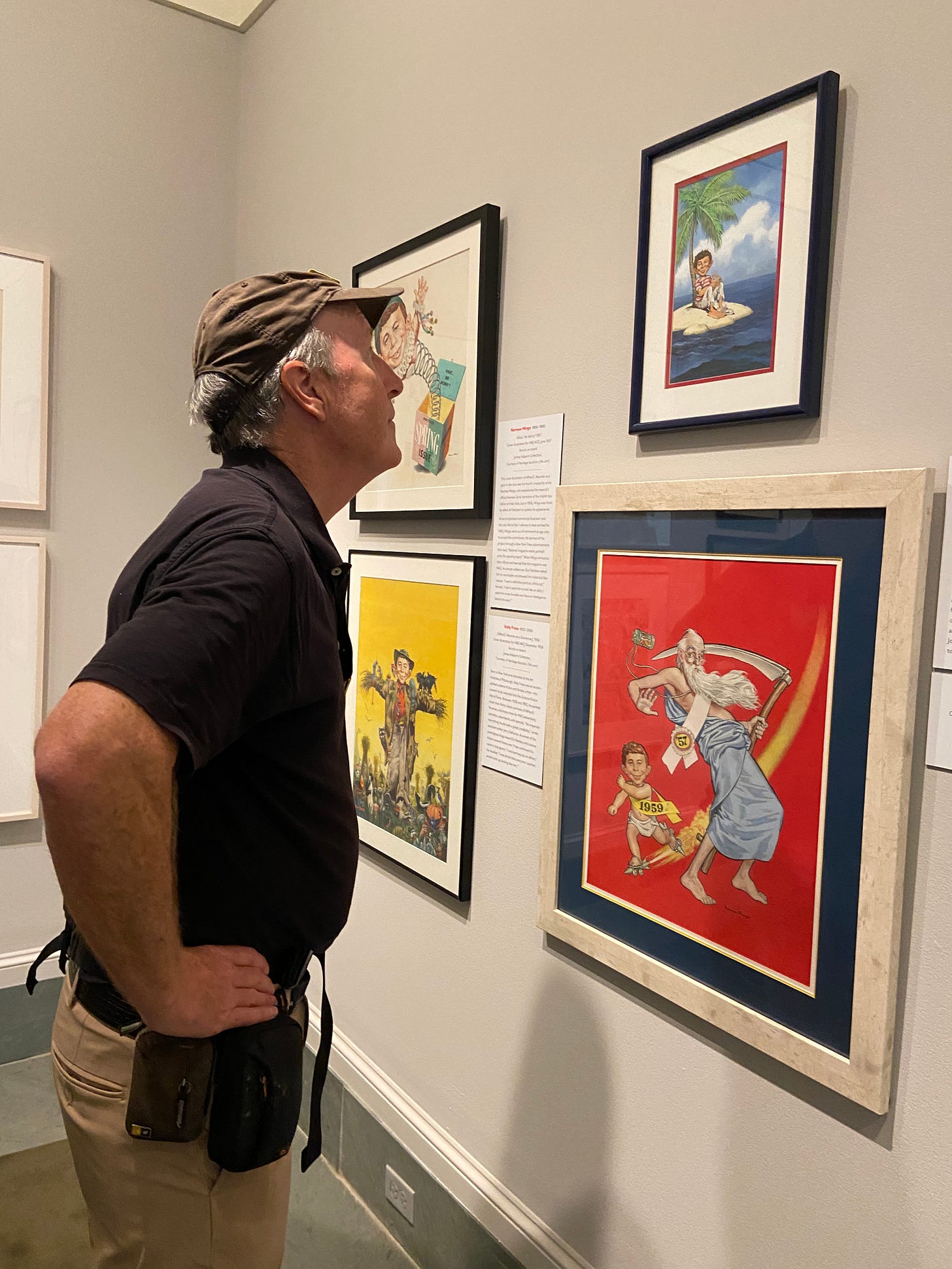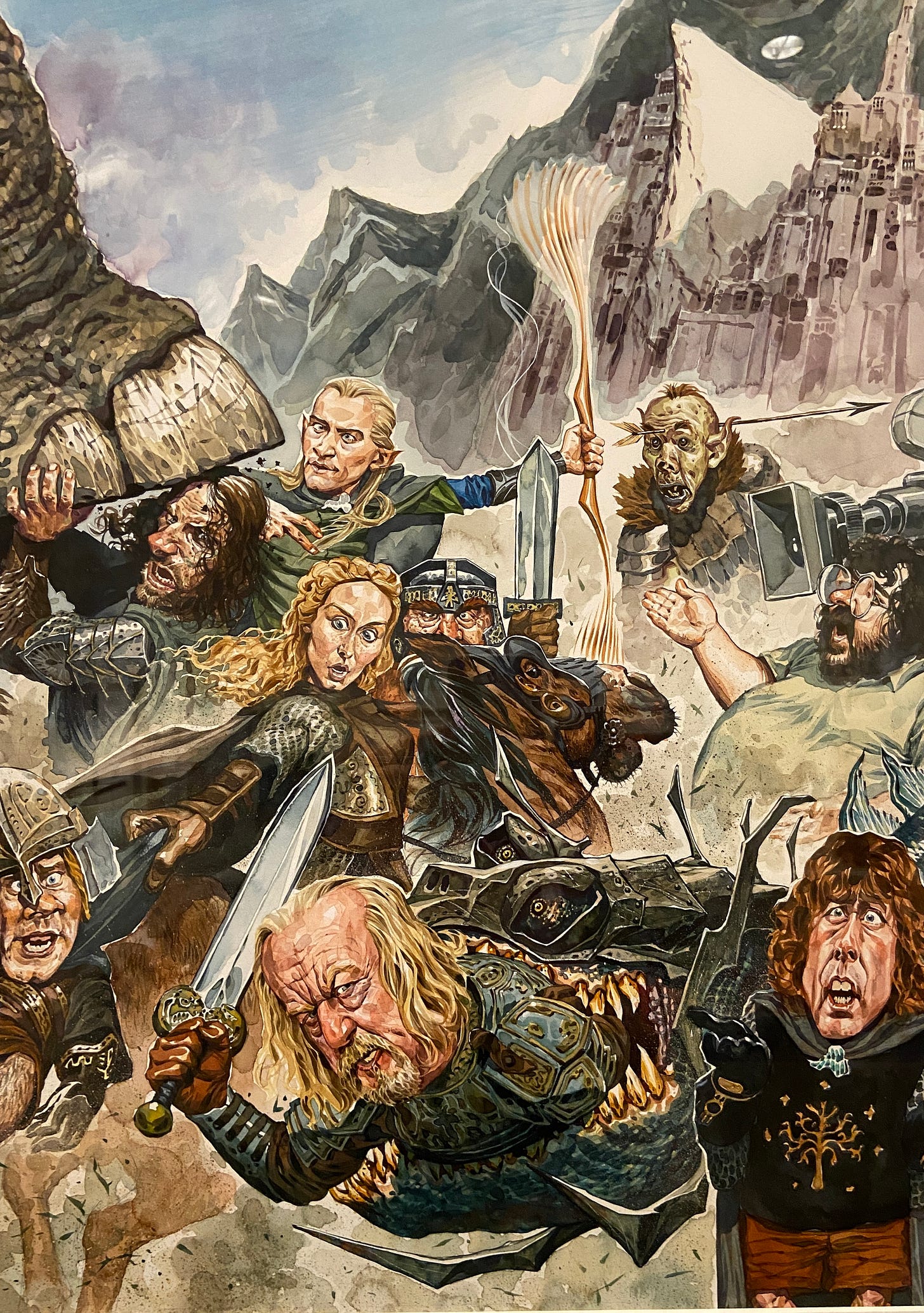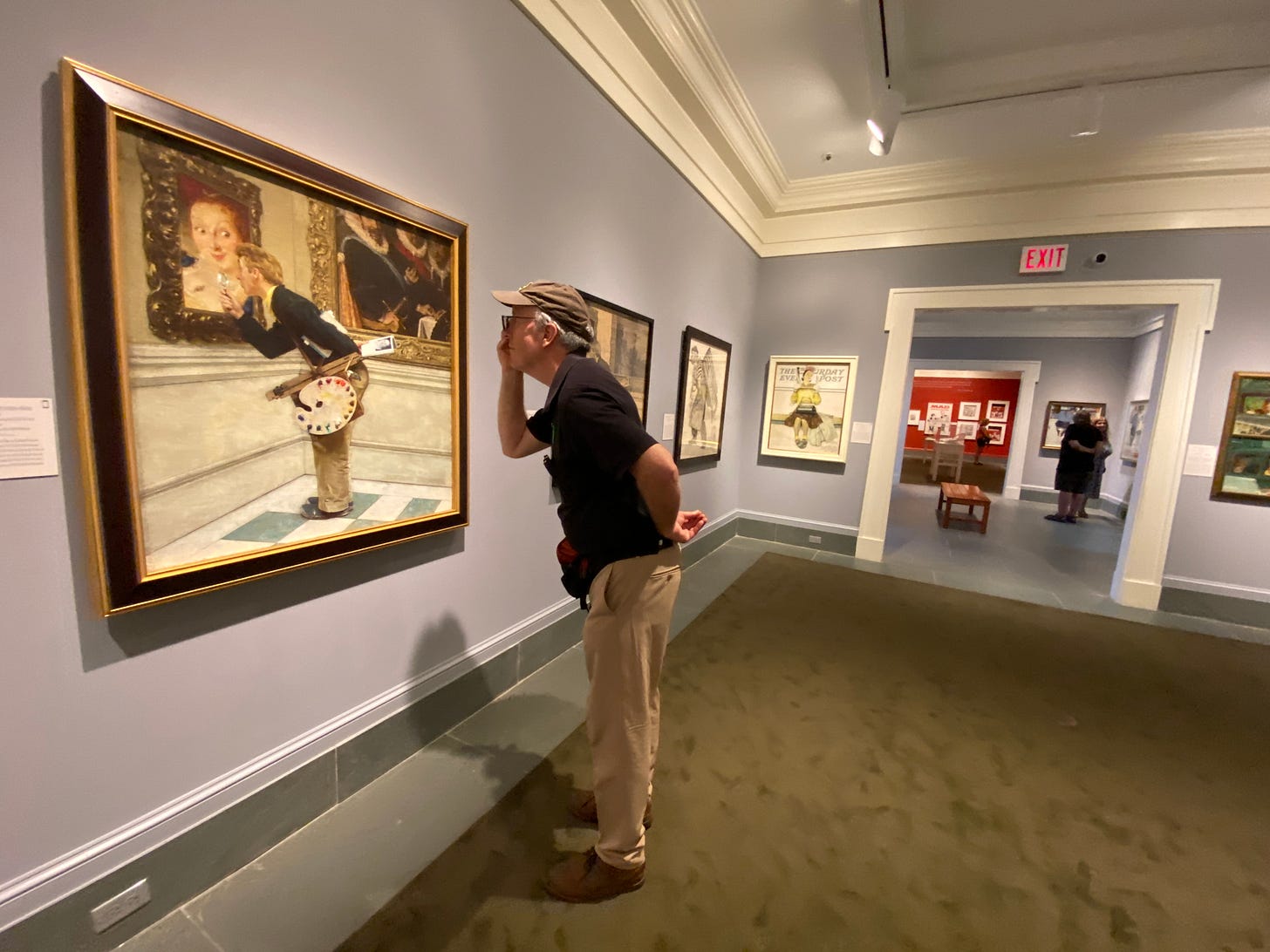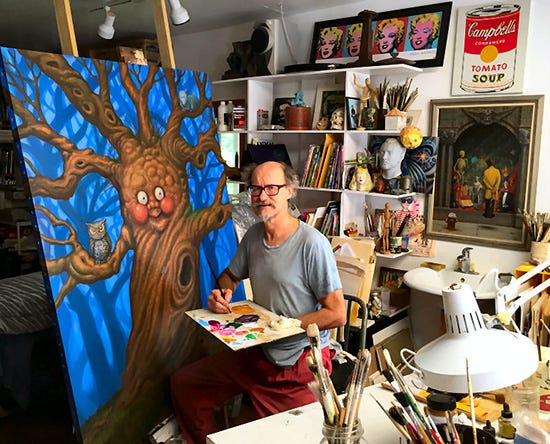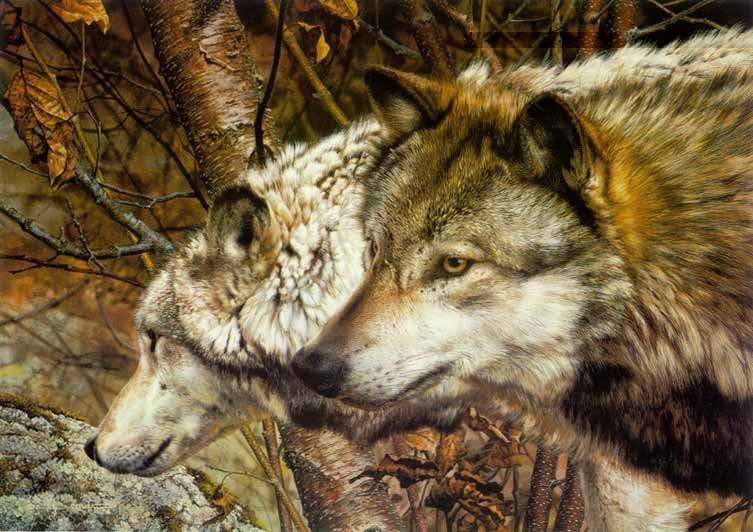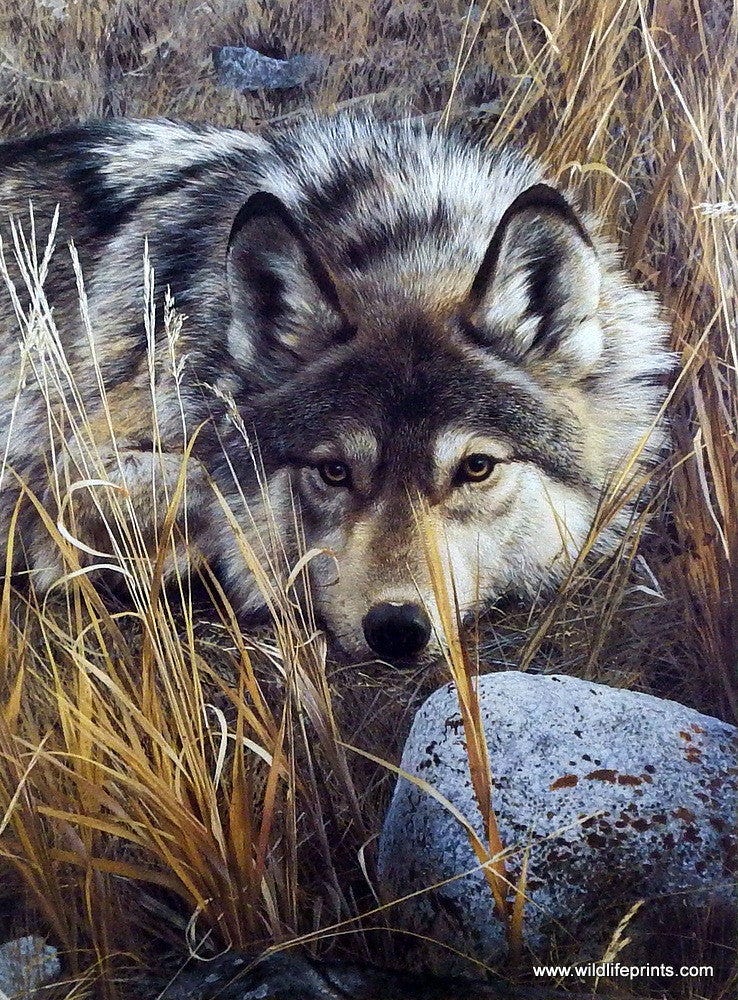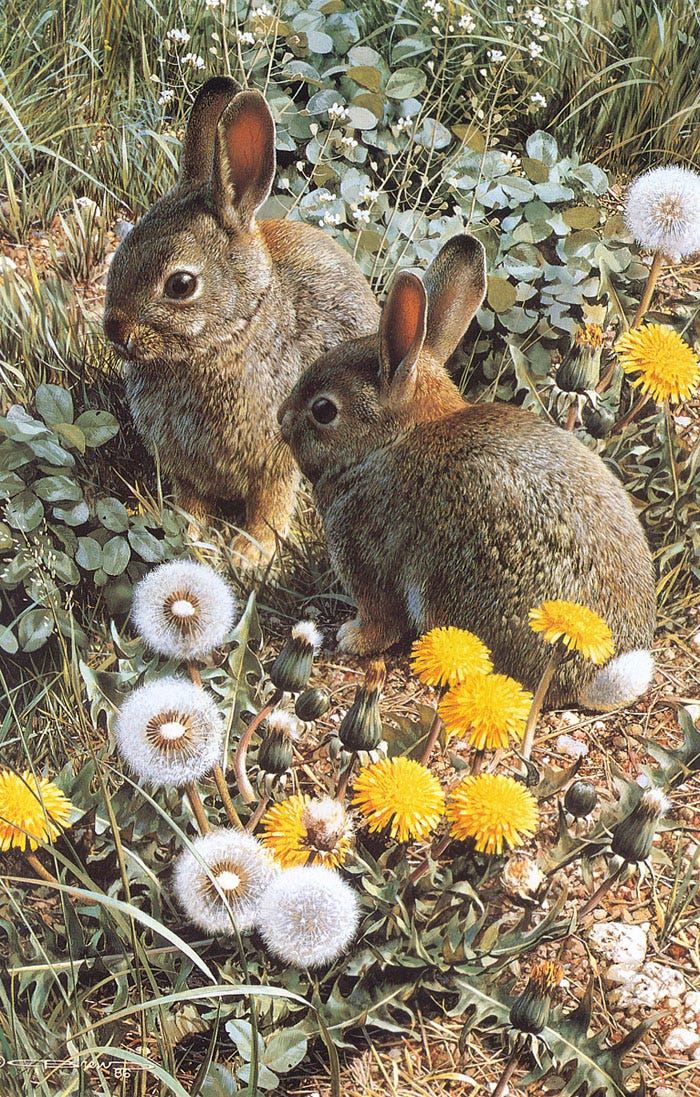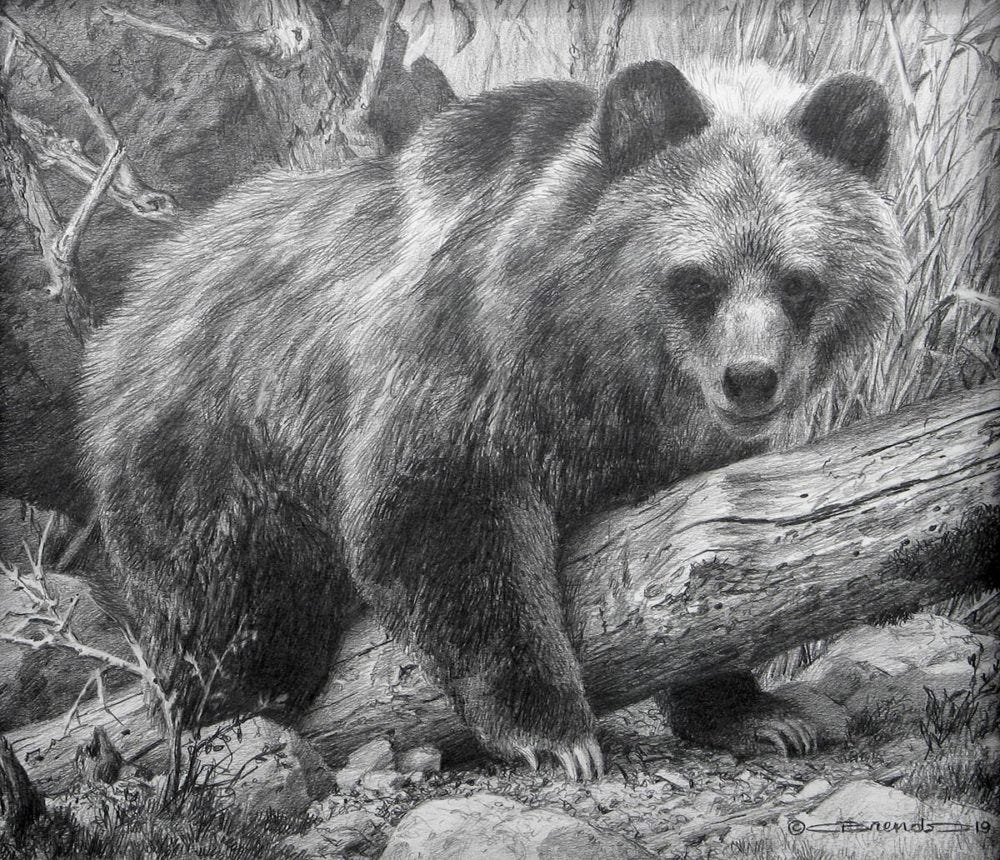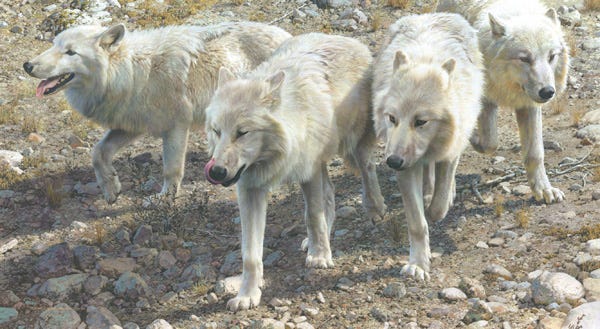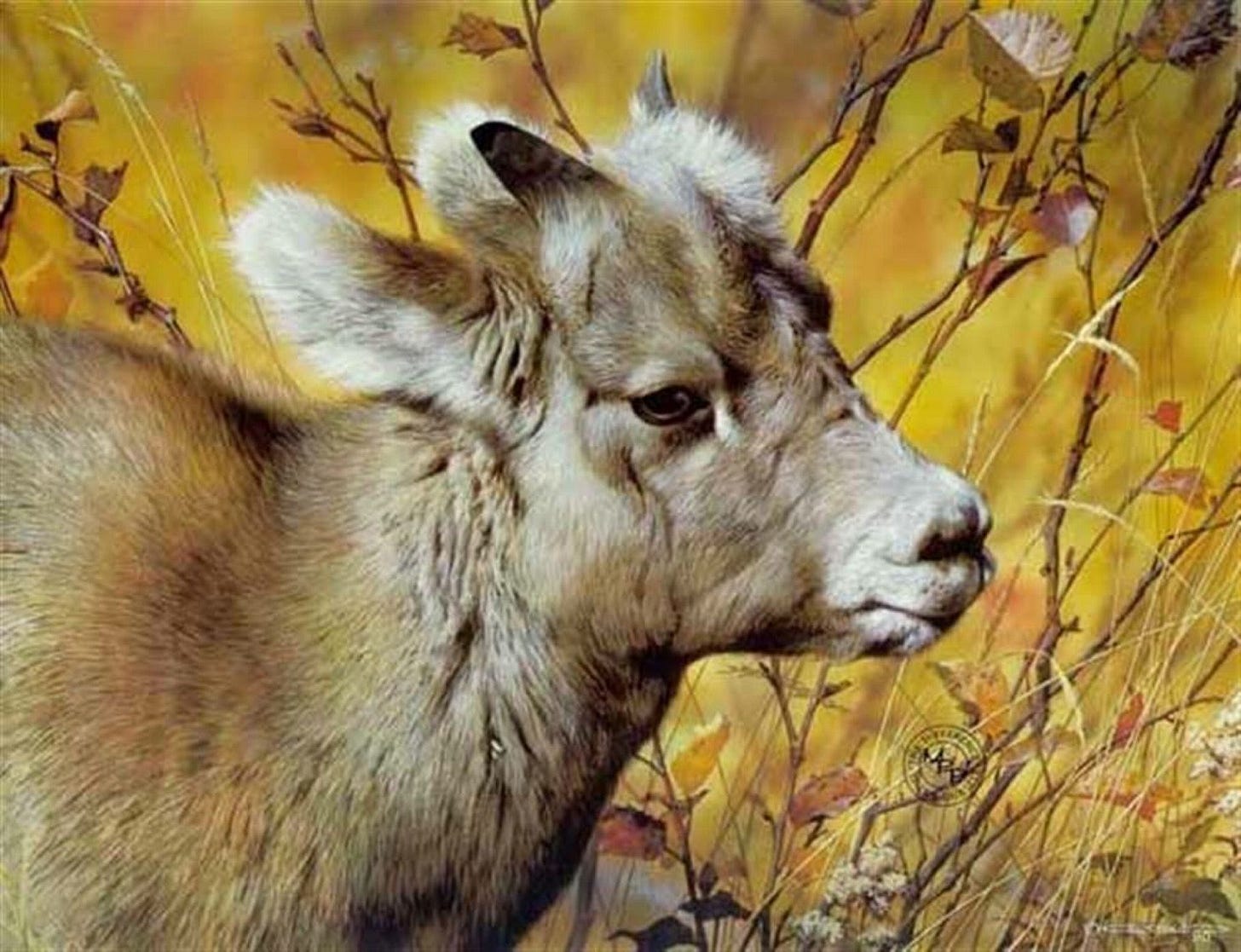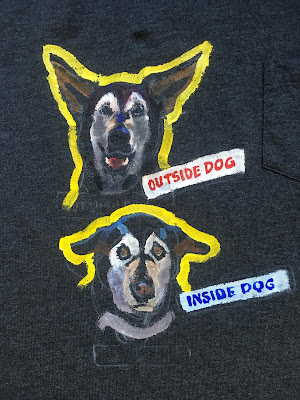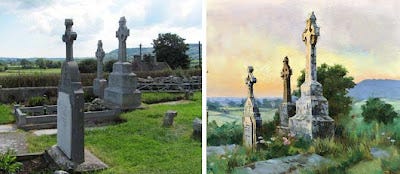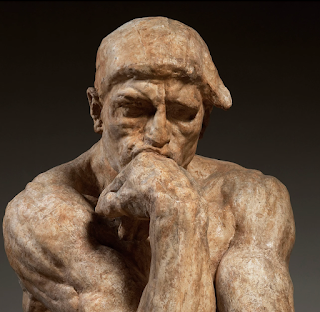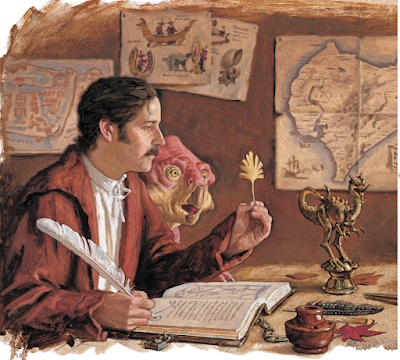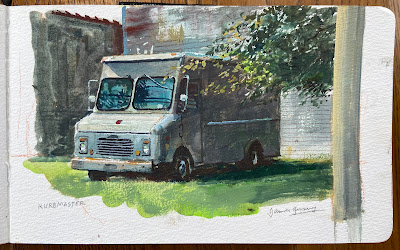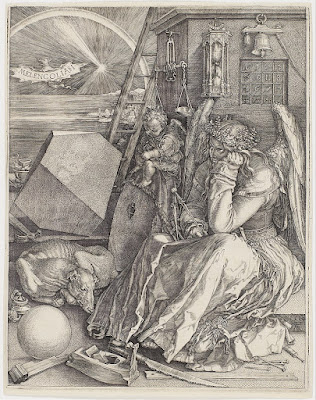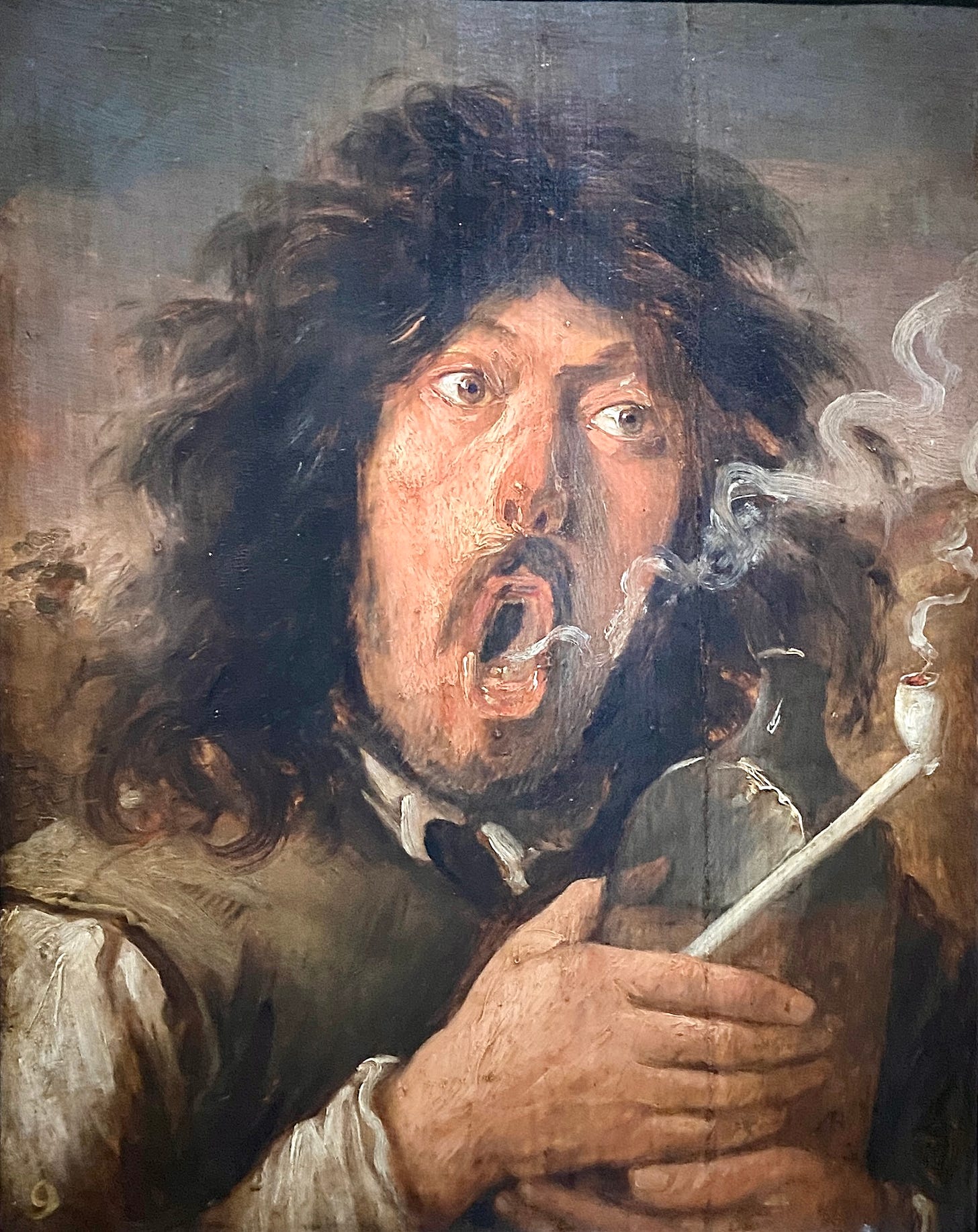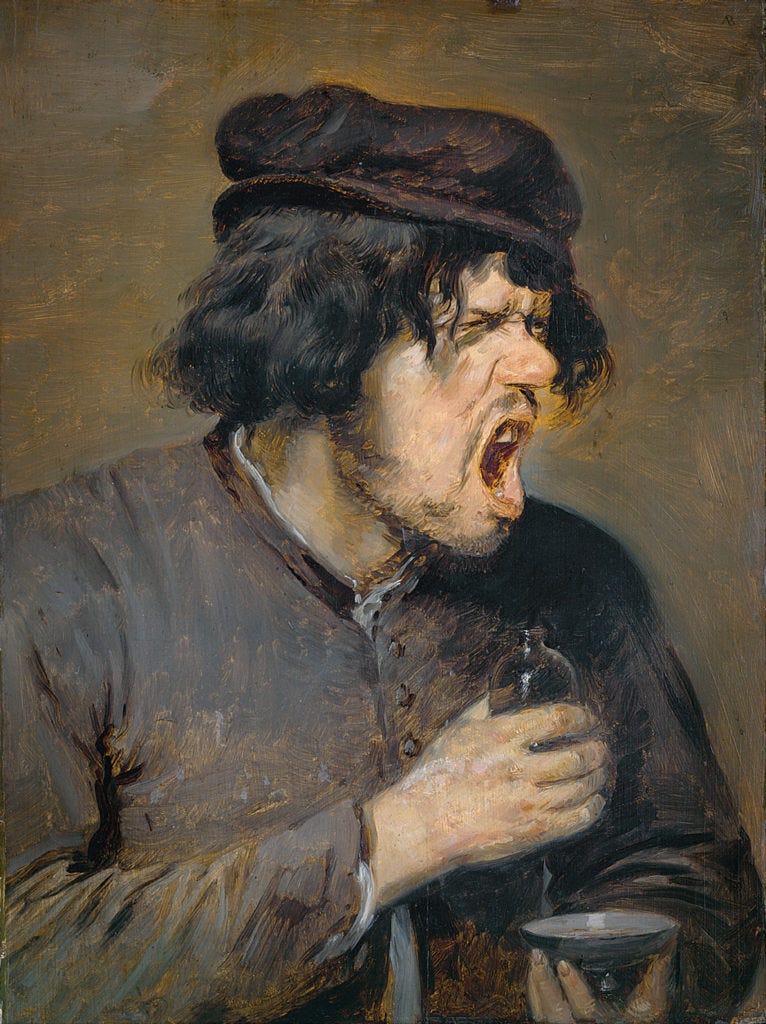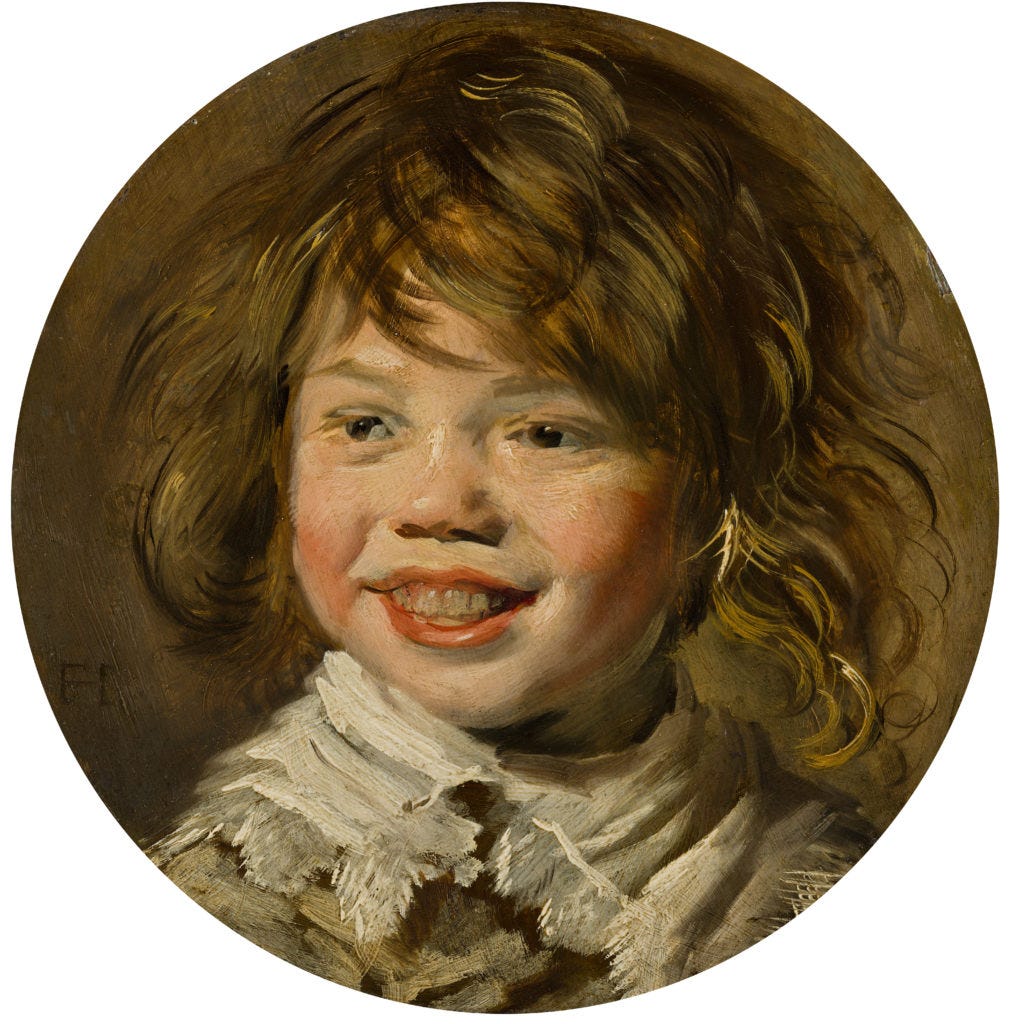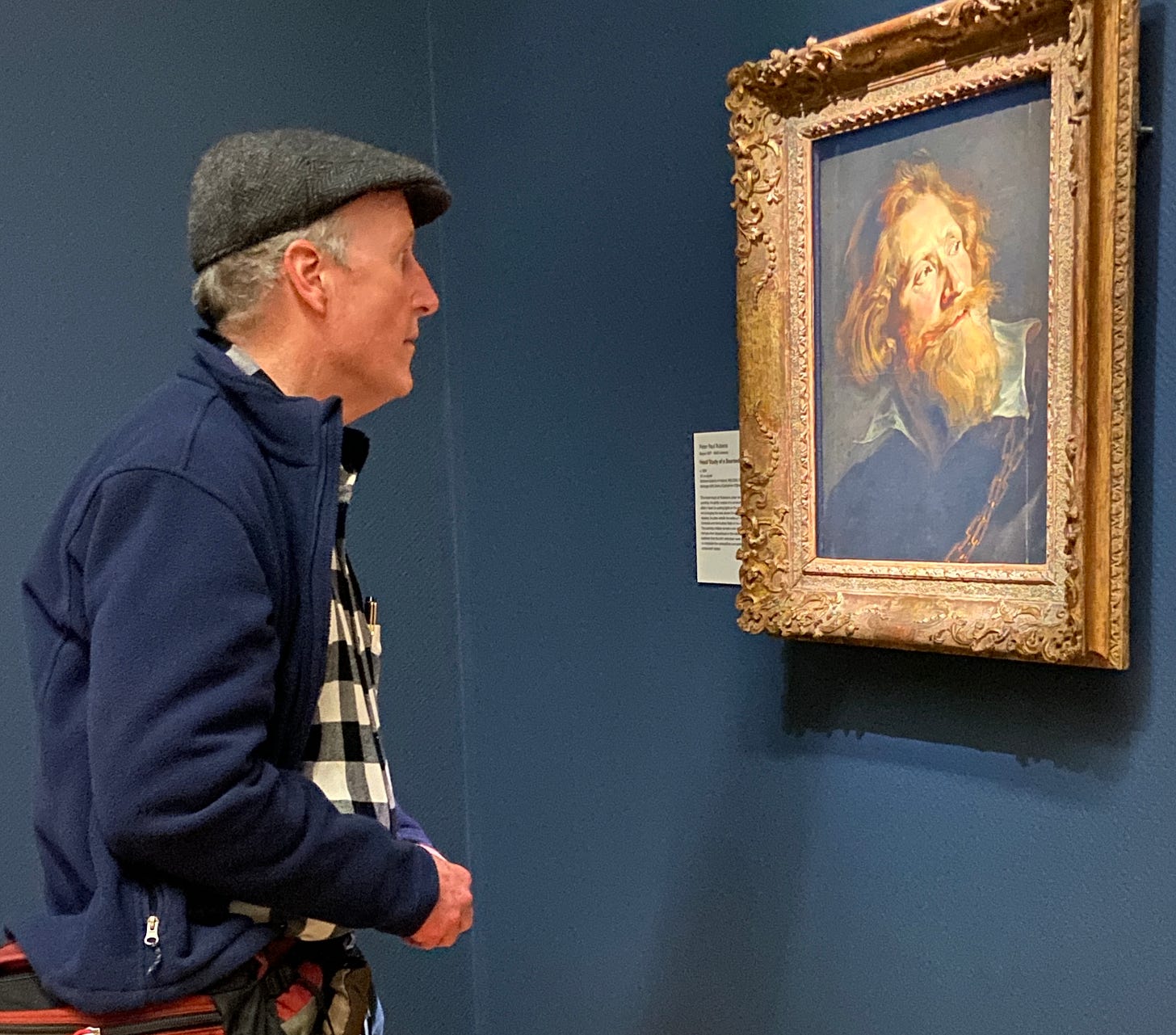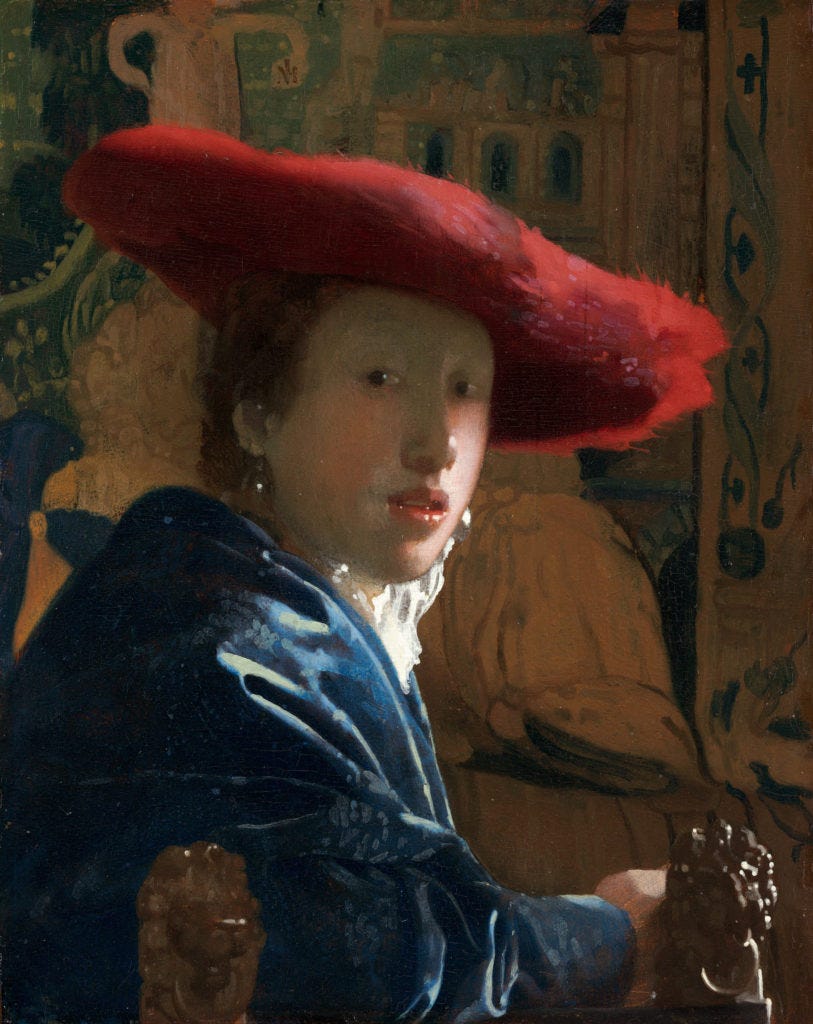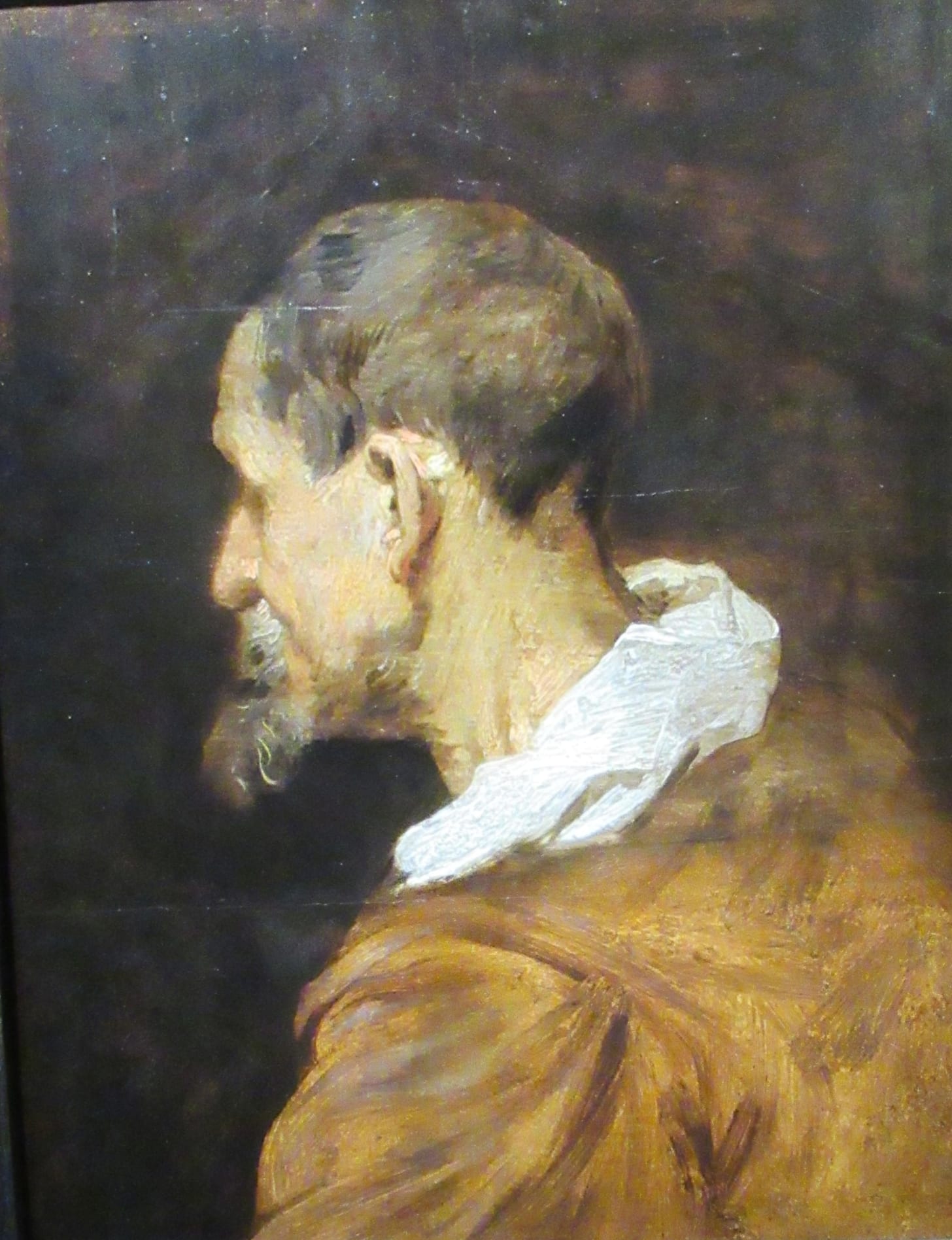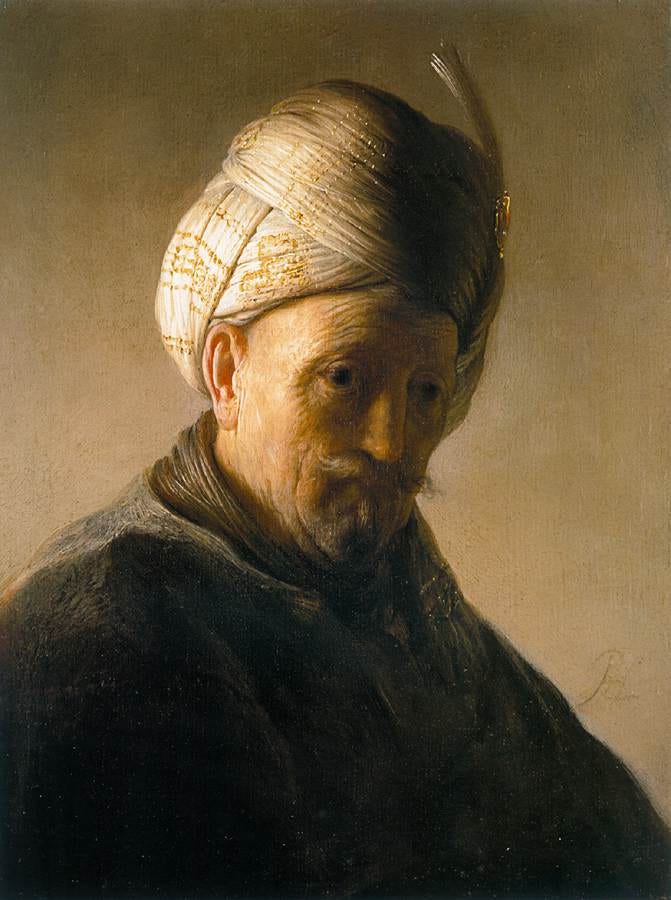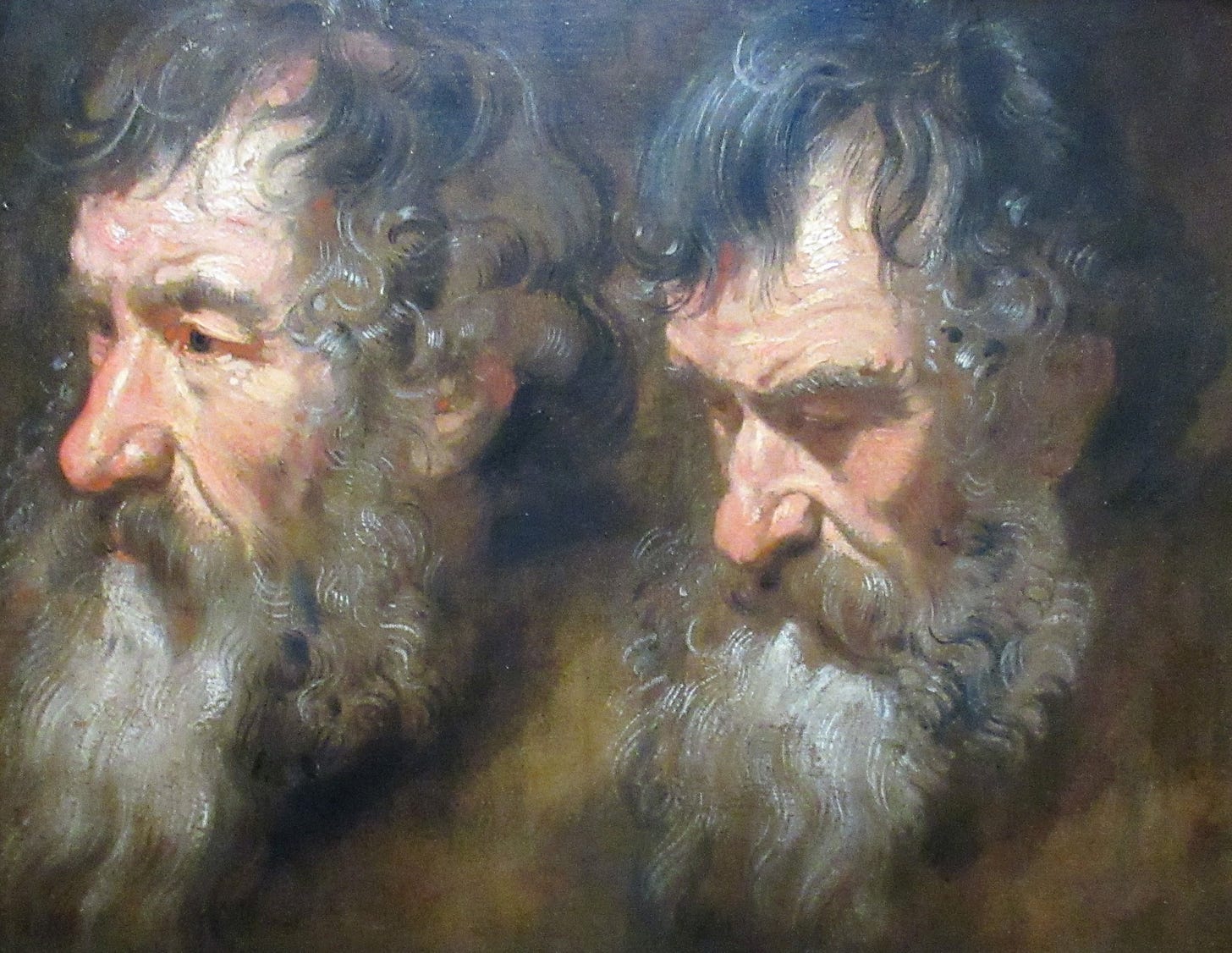Sunday, July 21, 2024
Detail of a Dinotopian Parade
Monday, July 15, 2024
Why Are Art Schools Closing?
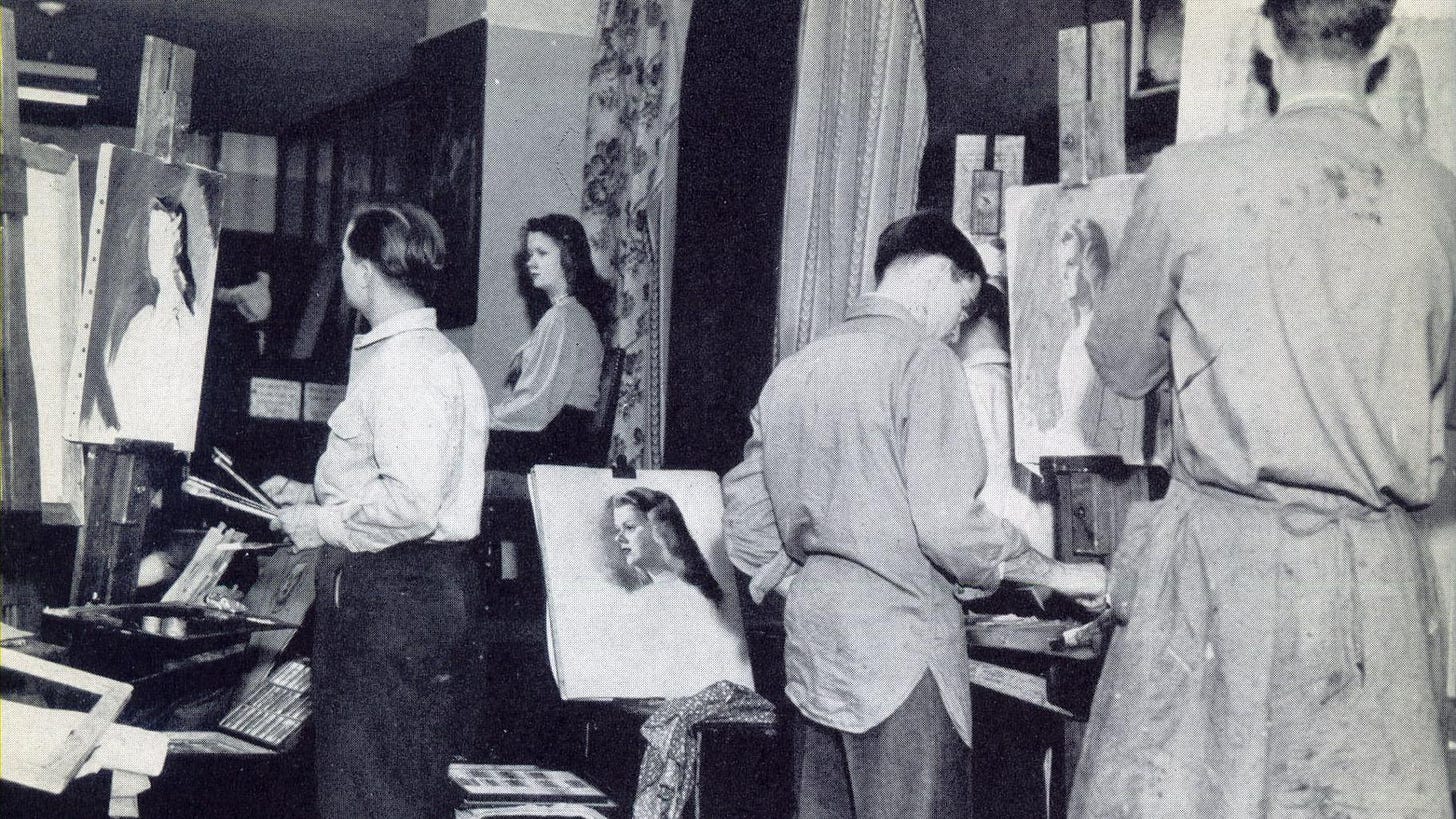
It was founded in 1923 with a curriculum that emphasized painting and drawing and painting from live models.
Graduates include some legendary illustrators and easel painters: Thomas Blackshear, Alex Ross, Richard Schmid, Howard Terpning, Gil Elvgren, and Haddon Sundblom.The closure of American Academy in Chicago follows the closing of UArts in Philadelphia and the Art Institutes all across the country. Why are some art schools closing? Read more on Substack.
Friday, July 12, 2024
Three Book Recommendations
Monday, July 8, 2024
Buick Special
Buick Special, pencil and markers. Note the rust stains coming up through the roof section, the cracked window, and the junkyard fender.
Friday, June 28, 2024
Mad Magazine Art at the Rockwell Museum
The Norman Rockwell Museum in Stockbridge, Massachusetts, is currently hosting an ambitious summer exhibition called "What, Me Worry? The Art and Humor of MAD Magazine". This is the first comprehensive museum show dedicated to MAD Magazine's art and satire.
The exhibition explores MAD's evolution from its beginnings as a popular humor comic book in 1952 to its emergence as an influential magazine that tweaked those in power, engaging generations of loyal readers, me included. The show is popular, and the audience includes both young and old people who grew up loving the magazine’s mildly subversive attitude.
Curator Stephanie Plunkett selected a wide range of original pen-and-ink drawings and paintings created by MAD's "Usual Gang of Idiots" — including the regulars such as Jack Davis, Sergio Aragones, and Norman Mingo. There’s even a whole room devoted to works by the self-taught caricature artist Mort Drucker.
Hermann Meija -Bored of the Rings—The Fellowship of the Ka-Ching!, 2002, Ink and watercolor on paper.
The exhibition provides a nostalgic journey for Baby Boomers who grew up with MAD, while also introducing younger readers to its satirical ingenuity.
Along with the MAD show, there’s also an accompanying exhibition of Norman Rockwell’s humorous illustration. Rockwell himself never illustrated for MAD, but he came close to doing so, and there’s an exchange of letters where he almost accepts an assignment to paint the definitive Alfred E. Neuman, but ultimately he turned it down.
Speaking of James Warhola, there’s a screening tonight, June 28th, of the documentary “My Nephew Jamie.”
Admission price to the museum is $25 for adults. The exhibit runs through October 27. Allow lots of time, because there are more than five big rooms jammed with art, and many of the pieces have a lot of elements to digest and a lot of text to read.
Complete list of artists on my Substack.
Friday, June 21, 2024
Painting Daisies by NOT Painting Daisies
In this new video on YouTube, I explore the practice of negative painting.
Friday, June 14, 2024
Is Competition Good for Artists?
Friday, June 7, 2024
Be Consistent With Titles
I called one painting "Rainbow Bridge" in one exhibit and "Gideon's Bridge" in a book.
Unfortunately, both names will follow that image forever.
'Untitled' is a Title: Eleven tips for titling paintings.
Thursday, May 30, 2024
Archery Target
Someone must have set up this target for archery practice. It's in a lonely place way down below a high bridge.
Monday, May 27, 2024
Rendering Realistic Fur in Gouache
Carl Brenders (b. 1937) is a wildlife artist from Belgium known for his richly detailed gouache and watercolor paintings of mammals and birds in their environments.
How does he do it? There’s not much information about his technique available online, but I did some digging.
He begins by taking a lot of photographs of the animal and its habitat.
According to his 1994 book Wildlife: The Nature Paintings of Carl Benders:
“Even after spending weeks of research and photography in the field, the artist devotes more time to develop the concept of the painting.
“With this planned, he first makes a complete pencil drawing of the entire subject, including the background.
“Over his pencil work he then paints with sepia watercolor much like pen-and-ink drawing. On top of the sepia he airbrushes areas in watercolor, and then paints over all this with gouache.
“He finds the combination of gouache and watercolor perfectly suited to his detailed work; it achieves an effect he finds impossible with acrylic or oil paint.
“Only the Flemish masters, says Brenders, could achieve such detail in oils.”
Quotes by Dana Cooper from the book Wildlife: The Nature Paintings of Carl Benders
Saturday, May 25, 2024
Degas' Experimental Foregrounds
Degas loved to experiment with cropping elements off the bottom of his compositions, most likely influenced by photography. Here he seems to be having fun, just seeing what he could get away with.
More about breaking the foreground line on my Substack post.
Monday, May 20, 2024
The Lights Go On at Lightbox
Friday, May 17, 2024
Tuesday, May 14, 2024
Inside Dog, Outside Dog
Sunday, May 12, 2024
Parrish Describes Pyle
In his reply to a young art student, Maxfield Parrish said: "I do wish you could study under Howard Pyle: indeed you would enjoy it. I did myself for two years. He is so full enthusiasm there is plenty to spare and you get a lot that is left over. He does everything the same way: he goes in bathing, walks, plays games as if he were saving his household goods from a fire."
Thanks, Steve!
Friday, May 10, 2024
Chinese Academic Drawing
A Chinese academic drawing in four stages. More information and commentary on my free Substack forum.
Wednesday, May 8, 2024
Painting Trash and Weeds
More about painting "non-motifs" at my post on Substack.
Link to Video on YouTube
Saturday, May 4, 2024
Beginning and Ending a Painting
A reader asked: “How is your thought process different at the beginning of a plein-air painting compared to the end?”
At the beginning of a painting, I think about the concept or feeling that I want to convey. That intention guides the choice of framing and the colors I may choose. The thought process always comes before the painting, and if it’s a studio illustration, I work it out in sketches.
If I were to start drawing or painting without a clear idea, it’s likely to be a dud.
My first goal is to make a foundation in simple lines drawn with a brush, graphite pencil or watercolor pencil. If my goal is to capture the subject fairly literally or accurately, I might do some measuring and checking. Other times I may just use the elements in front of me to build an idea that’s half formed in my head.
Either way, my goal at the outset is to place the big elements.
There may be moments of struggle, especially in the early stages when trying to align the actual painting with the original vision in my head. To overcome this, I often focus on finishing one area and building from there.
As I progress towards the later stages of the painting, my focus shifts into the scene. I think about the details. If the painting is going well, my attention shifts from the mechanics of brushes, surfaces, and strokes to the virtual space I’m trying to evoke.
If I get too caught up in such superficial concerns late in the game, I’ve probably lost hold of the idea. Jotting down the initial idea in a quick sketch or even a couple of words can be a big help.
The most difficult part is the thinking stage, which is why I say: Painting is easy, thinking is hard.
Wednesday, May 1, 2024
Thinking Humans
How do thinking humans survive in a world of intelligent machines? That's the question I pose in my latest deep dive on Substack, called: "10 Thinking Strategies."Bottom line: If we nurture the thinking strategies that are unique to the human experience, we can live our best lives in a world that’s more and more populated by intelligent machines.
Sunday, April 28, 2024
Denison in his Study
Arthur Denison, chronicler of Dinotopia, in his study with Bix, his sidekick Protoceratops.
Monday, April 22, 2024
Leyendecker in Paris
J.C. Leyendecker, during his student days in Paris, wrote home to Chicago describing the work he was doing in the Académie Julian under Benjamin-Constant, Lefebvre, Bouguereau, and Laurens:
"Thoroughness is the principle upon which the French Art Schools have won their success. It doesn't take long to discover that style and dash will not make a drawing or painting go here as it will an illustration back home. Serious work—getting right down to the foundation principles—is the demand which is laid upon every student over here.
If I learned anything it was that a picture is really only valuable for the thought behind it. There is little talk of 'handling' and of the catch tricks of the trade, and much emphasis upon a deep and serious significance in everything attempted."
Friday, April 19, 2024
Painting the Kurbmaster
I establish a unit of length. The distance from the left edge of the windshield to the back of the door equals the distance from the A-pillar to the back of the van.



I’m eager to dive into the details, beginning with the reflections in the windshield, and after that I’ll do the front lights and grillwork.

I paint the leaves transparently on the first pass, then start bringing in opaques

Stage 6. Pencil Lines.
A ruler and a pencil for the fine lines of the clapboards on the far building.
Wednesday, April 17, 2024
The Two Roads to Career Building
There are two roads for building an art career online.
Friday, April 12, 2024
How to Overcome Creative Melancholy
2. Invent an alter ego and let them solve it. Pretend you've hired a specialist to help you with the part of the process that stymied you.
3. Trust the process, follow the workflow. For me, that means doing thumbnail sketches, planning tonal studies, doing a perspective drawing, gathering photo reference, etc.
4. Leave an easy step unfinished at the end of a work session. That way, when you return to work you know exactly what to do and how to do it and you don't need much brain power.
Sunday, April 7, 2024
Tronies Exhibit in Dublin
Not all head paintings are intended as portraits of specific individuals.
Joos van Craesbeeck, 1605/6-1660/1 The Smoker
Sometimes the goal is to capture a facial expression, a character type, a weird angle, an exotic costume, or an exploratory lighting arrangement.
Adriaen Brouwer, The Bitter Potion, 1636-1638, Städel Museum, Frankfurt, Germany.
In the 16th and 17th centuries, Dutch and Flemish painters developed a whole series of experimental modes of head painting.
Frans Hals, Laughing Boy, 1625, Mauritshuis, The Hague, Netherlands.
There’s a lot of fun mixed in with serious art-making.
On Tuesday we visited the National Gallery of Ireland in Dublin, which is hosting an exhibition of these amazing head paintings, known by the Dutch and Flemish artists as tronies.
Johannes Vermeer, Girl with a Red Hat, 1665, National Gallery of Art, Washington, DC.
The name of the exhibition is Turning Heads: Rubens, Rembrandt and Vermeer.
The exhibition includes head paintings by other well known painters of the day, including Anthony van Dyck (above), who painted this head study between 1618 and 1620.
Several of Rembrandt’s tronies explore characters in exotic costumes lit by strange, mysterious lighting.
The show will be on view through the 26th of May, 2024.









